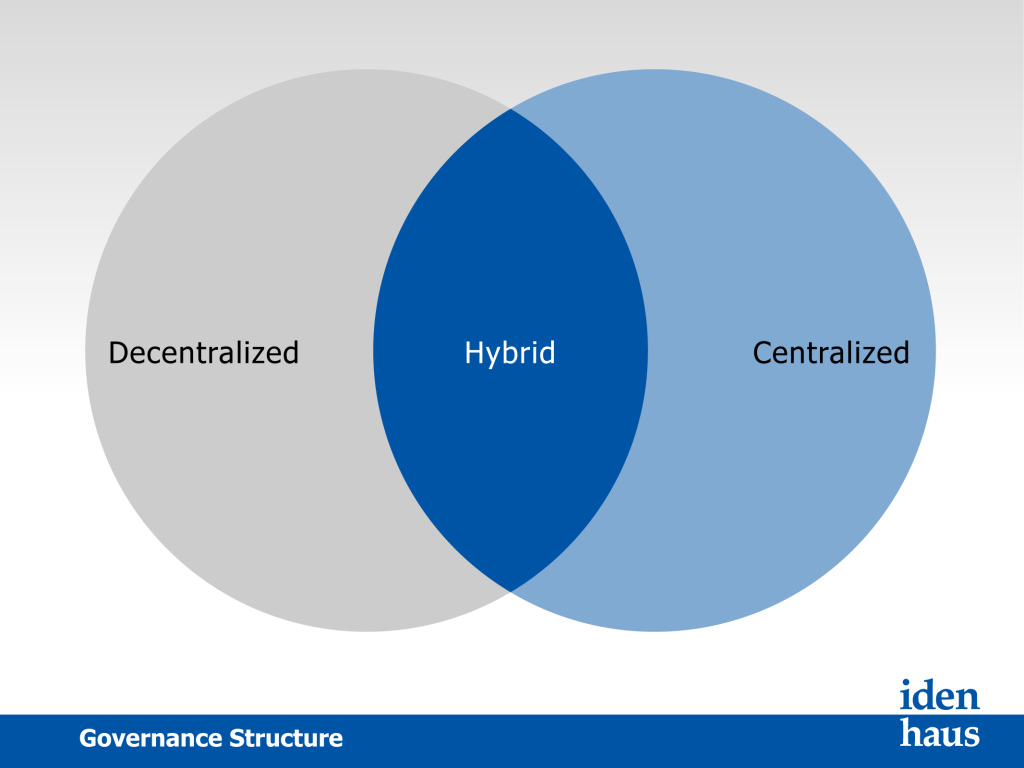The best Identity Management (IAM) practitioners are businesses that have adopted a formal governance structure with defined processes and practices that deliver value.
Governance frameworks are necessary to deliver on the promise of IAM to support business users’ access needs consistently without compromising security or causing a compliance breach. The big pivot here is that Identity Management is essentially a user-centric capability that touches people, process, and technology; however, it is often approached as a technology-centric capability. Governance helps organizations overcome this challenge by facilitating dialog across all the key stakeholders and driving a true understanding of the business needs and what the technology offers.
Establishing an IAM Governance Team helps address the most common challenges in implementing an enterprise-class Identity & Access Management solution.
10 Challenges IAM Governance Teams Help Organizations Overcome
- Resistance to change.
- Data Quality / Data Silos.
- Being too tactically focused – IDM is perceived as point to point integrations instead of an overall program. Business does not see the value of the program, because it’s presented as a project.
- Multiple directories and authoritative systems that need to be integrated.
- Lacking data standards and owners.
- No one is dedicated to Identity Management full-time, there is no corporate role.
- Need to coordinate People, Process, Technology, and Data (establish common goals/ownership).
- Not being able to figure out where to start as an org, make solid progress or act quickly enough.
- Organizations often look for quick technical solution/vendor, versus a sound technical solution.
- Lifecycle management of entire IDM ecosystem.
6 Outcomes of a Great IAM Governance Framework
- All owned data is easily and efficiently accessible to the applications and systems that need it through IDM.
- Drive understanding to accountability across organization for user and access management.
- Agree on common standards (Naming standards for users, machines, servers; security policies; PII policies.)
- The business owns the data and processes and users supported by IDM which manages the access they need to do their jobs.
- Key business processes that are certified and standardized globally.
- People strategy to support (Recruiting, Onboarding/Off-boarding processes, etc.)
While the business is responsible as the custodian of data and user processes, it can only manage them effectively if IT defines what user data it needs to provision network and application access and what policies apply to that data.
The big pivot here is that Identity Management is essentially a user-centric capability that touches people, process, and technology; however, it is often approached as a technology-centric capability.
The goal of governance is to develop a framework that incorporates standardized principles, prudent and responsible best practices, and a multidisciplinary management model that respects the diverse nature of the organization. A strong IAM system depends on a sustained commitment to administrative and technical privacy and security controls.In today’s world, users expect to access data seamlessly. The challenge is providing that access in a secure, reliable manner, which is where Identity & Access Management governance comes in. Learn more about how Idenhaus helps companies with IAM Governance.
If you enjoyed this post, check out 10 Tips to Avoid an Identity Management Disaster. Follow us on Twitter @Idenhaus or signup for our bi-weekly newsletter.
Photo Credit: Israel Defense Forces








